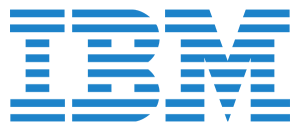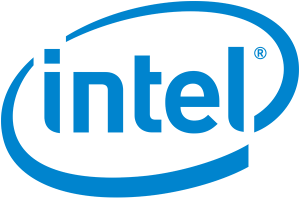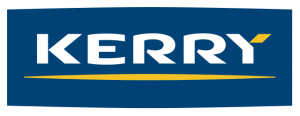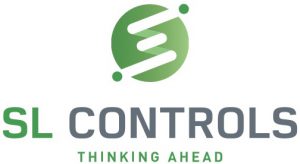Overview
Our Systematic Troubleshooting training course introduces a robust set of strategies for effective troubleshooting. The challenge is one of change management on a personal and company level. This is achieved by a heightened degree of self-awareness that allows us to break out of the prison of pattern thinking, enabling us to control where our attention is directed and become world-class trouble-shooters. The course focuses on a systematic approach for thinking about technical faults, navigating a path to solution and communicating progress within a team. Using sophisticated troubleshooting simulation software and engaging, innovative practical exercises this training course will greatly reduce mean time to repair and costly, unnecessary escalations. We are world leaders in the delivery of this programme. It has been delivered on 4 continents to hundreds of field service engineers.
Who should attend
Maintenance, field service engineers, remote technical support teams. This course will suit anybody who wants to be able to lead a troubleshooting strategy on any technology
Why should I attend
This Systematic Troubleshooting training course will empower you to take the lead with a ‘virtual toolkit’ of thinking and testing strategies for fixing faulty equipment in a team environment. Great troubleshooters are extremely valuable people because somebody is losing money when production technology is not working efficiently and parts are being needlessly swapped out.
Contact Us if you would like to know more about this training course.
Learning Objectives
At the end of the course the participants will be able to:
- Describe the way we think about problems (thinking fast and slow, pattern prison, blinded by expertise)
- Describe what makes an effective troubleshooter.
- Ask the right questions to define action path.
- Collect evidence to back up the fault symptoms.
- Reproduce the problem and look out for key indicators.
- Decide which system/components to check.
- Draw excellent block diagrams that characterise a sub-system.
- Use testing methodology to verify machine components/systems.
- Isolate the faulty component/system.
- Suggest fixing methods.
- Suggest validation actions.
- Ensure the root cause is addressed.
- Communicate and drive team actions based on update reports.
- Close out the problem effectively.
- Review performance and keep improving.
Programme
How we think about problems. The Skills of fully explaining a problem. Gather all the Evidence and keep refining the Problem Statement. Narrow to problem area by thinking and analysis. Group Exercise: Solving and documenting problems
What make a great handover: The challenges of technical communications. Using Fault simulation software, Teams of 5, Fault Exercise 1 and 2. Exercise 3, start getting better, show evidence of clear systematic thinking. Exercise 4 with handover, groups with partially solved issues hand-over to other group. Review and Reflection on training course: 10 golden nuggets of great troubleshooting






































